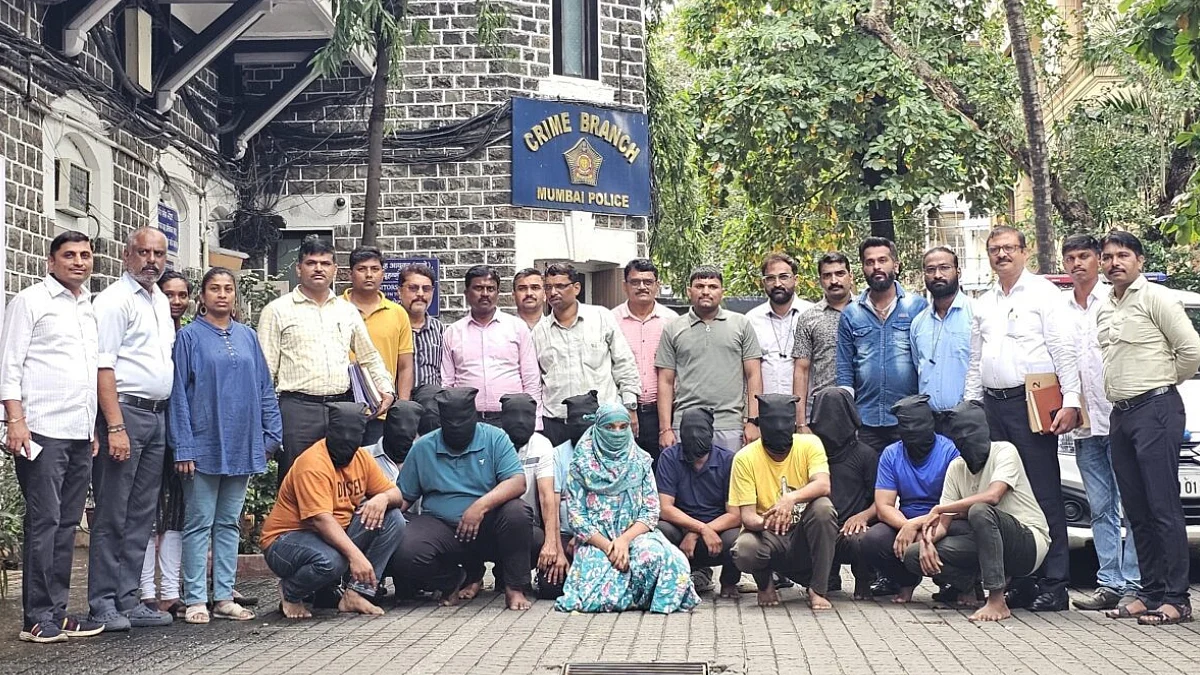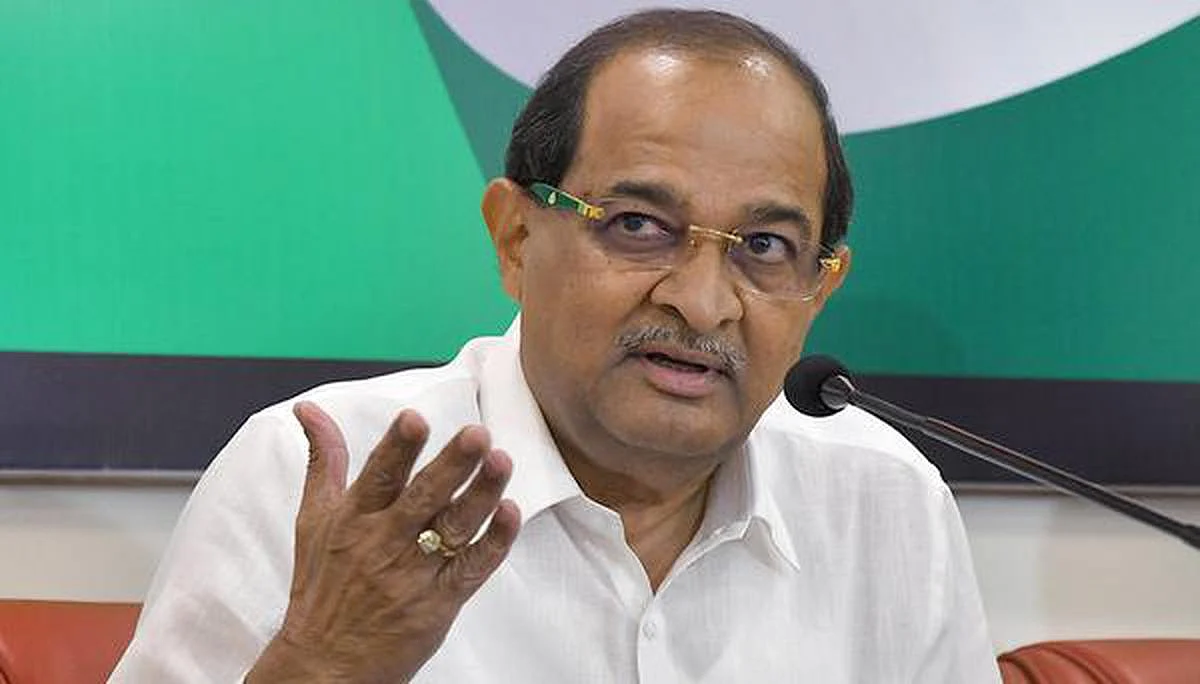The murder of singer Sidhu Moose Wala in Punjab and of teacher Rajni Bala in Jammu over the last one week underlines the ‘gun culture’ prevailing in many parts of India, just as the killing of 19 school children in Texas on May 24 highlights gun violence in the US. The association of gun ownership with masculinity, and its projection in pop culture, has been red-flagged repeatedly. The fact that Moose Wala himself romanticised guns in his lyrics is a sidelight in the tragic saga of his assassination; he was riddled with 24 bullets fired from three different weapons.
Moose Wala is not the first rapper to have been felled by gun violence. In the US, dozens of artistes including Tupac Shakur, Notorious B.I.G, Young Dolph, Bankroll Fresh, Big L, and Jam Master Jay were shot dead, falling victim to the very culture of violence that they had depicted in their music. Moose Wala reportedly claimed in interviews that Tupac Shakur, killed in 1996, was his muse.
Several complaints had been made against Moose Wala for promoting gun violence through his songs. In February 2020, he and a colleague, Mankirat Aulakh, were booked by the Punjab police on that very charge. A few months later, a case under the Arms Act was filed, after pictures of him firing an AK-47 during the Covid-19 lockdown went viral on social media. Unrepentant, he released a track called ‘Sanju’ (comparing his own case with that of Sanjay Dutt) which went on to become a hit. Another artiste, Shree Brar, was booked for the same offence last year.
All this followed a directive from the Punjab and Haryana High Court in 2019, adjuring the police to crack down on songs glorifying violence and substance abuse. A Sociology professor in Chandigarh, Panditrao Dharennavar, had filed a plea against such cultural contamination following deaths in celebratory firing at weddings – a practice that has been banned but is still popular.
The question is why the gun culture has gathered force in India, given that the laws governing firearms are far stricter than those in the US, which stubbornly clings to the constitutional right to bear arms despite a seemingly endless series of school shootings. Indeed, guns were the leading cause of death among children and teenagers in 2020, according to US media reports.
The Small Arms Survey of 2018 claimed that civilian gun ownership in India stands at an astounding 70 million, second only to the US. The figure seems bizarre, given that gun licenses in India number just 3.4 million, over a third of them in Uttar Pradesh. While it's hard to arrive at a figure on gun prevalence, there’s little doubt that the number of unlicensed weapons far exceeds that of officially sanctioned firearms.
In 2016, India was ranked third in terms of gun-related homicides, and over 90 per cent of the cases involved the use of unlicensed weapons. This indicates that the seizure of illegal guns is only the tip of a very large iceberg. According to the National Crime Records Bureau report of 2020, some 75,000 firearms were seized in that year, about half of them from UP, which is widely known to be the hub of illegal arms manufacture.
The depiction of gangsterism and gun manufacture in the OTT series Mirzapur, where the protagonist Akhandanand Tripathi (Pankaj Tripathi) is the leading illegal arms supplier in the state, is not far from the truth. Illegal arms manufacturing has ‘improved’ by leaps and bounds. The desi Katta (countrymade revolver) is still popular, but the difficulty in smuggling better quality foreign-made firearms (mainly Chinese) across borders, as well as the high costs involved, has forced gunrunners in India to up their game in terms of materials and processes.
While UP and Bihar, followed by Madhya Pradesh, continue as the leading suppliers of illegal weapons, new factories are believed to have come up close to the National Capital Region. In 2022, the police forces of Delhi, Punjab, and Haryana shut down several interstate gunrunning operations, and in March, an illegal factory in Hathras, some 200 km from Delhi, was busted.
The incidence of gun-related crimes in the capital is certainly a cause for worry. The image of a rioteer pointing a pistol at a policeman during the 2020 northeast Delhi riots is unforgettable. Gunfire in the streets, once unthinkable, is no longer uncommon. In March of 2021, a gunfight broke out at Delhi’s GTB hospital in broad daylight, when gangsters opened fire on a police team escorting a criminal. A few months later, a gangster and two others were shot dead on the premises of the court where he was appearing. The Hanuman Jayanti procession in west Delhi this year led to a communal clash marked by gunfire.
Petty criminals and even school students appear to have easy access to weapons. A 19-year-old boy was shot dead in an altercation with other students in southwest Delhi this year. Last month alone, four incidents of gun violence were recorded in Delhi. No part of the country appears to be immune. Earlier this year, the Youth Collective of Manipur red-flagged the “normalisation of gun culture” during the assembly elections. This calls not just for a severe crackdown on illegal firearms but also a de-romanticisation of guns. The media, including filmmakers, rap artistes, and video game vendors, need to regulate their content, so that youth understand that power does not, in fact, flow from the barrel of a gun.
(The writer is a senior journalist with 35 years of experience working with major newspapers and magazines. She is now an independent writer and author. She tweets at @BhavKang)










